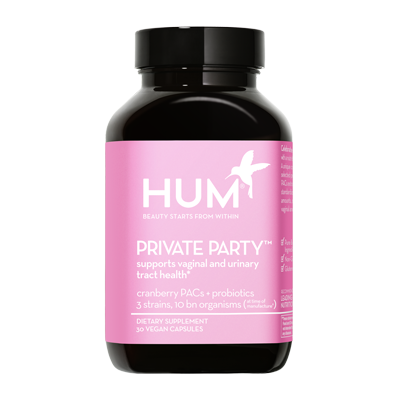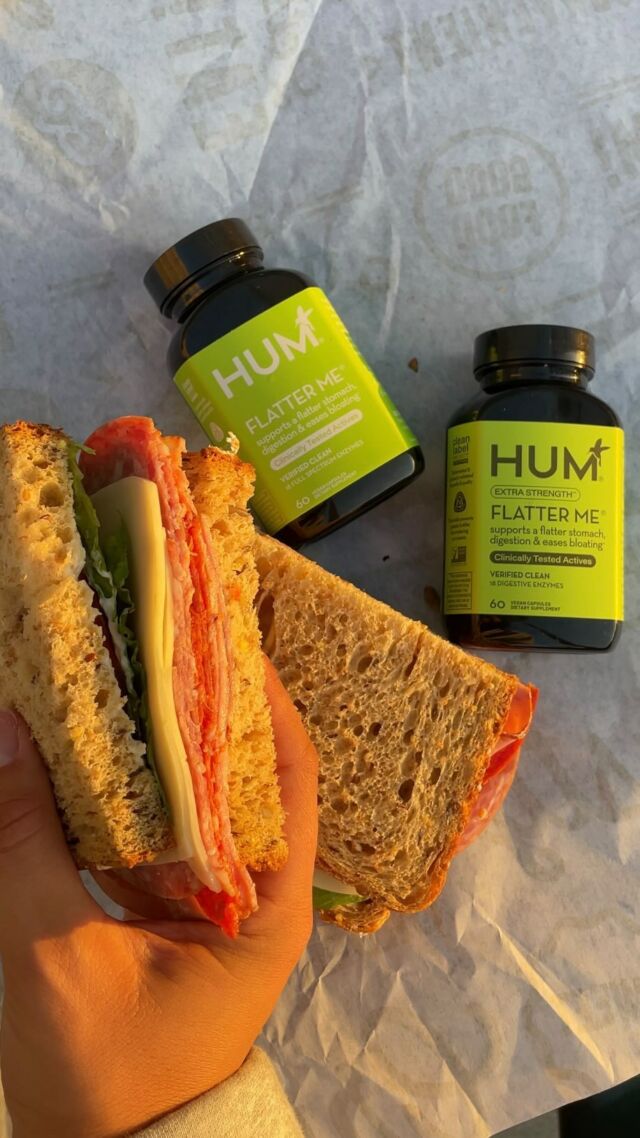Medically Reviewed By
Gaby Vaca-Flores, RDN, CLE
Registered Dietitian Nutritionist
For the past few months, I’ve been extremely fatigued. Not just tired, but can’t-get-out-of-bed, sapped-of-all-energy fatigued. When I had my thyroid tested and it came back normal, I took to the internet to try and figure it out for myself. I came across candida albicans, a fungus that resides in our guts. Though it’s a normal part of the digestive system, candida grows too much in some people, resulting in a bevy of symptoms including fatigue.
Curious, I decided to turn to two experts: Dr. Sierra Storm, ND, a naturopathic physician in Seattle, Washington and the advice of Ann Boroch, CNC, from her book on the subject titled,The Candida Cure.
What is Candida?
Candida albicans is a type of yeast that exists as a natural part of our microbiome. It affects our mucous membranes and can be found in our mouths, vaginas, and skin among other areas. When in balance, it shouldn’t cause any problems. However, an overgrowth of candida albicans can result in a myriad of both physical and internal symptoms. Symptoms of Candida Overgrowth Some symptoms of a candida imbalance may include…- constipation
- bloating/gas
- constipation/diarrhea
- bloating
- fatigue
- lethargy
- brain fog
- skin rashes
- vaginal discomfort
How Do You Know If You Have Candida Overgrowth?
The most accurate way to determine if you have candida overgrowth is with primary lab testing, says Storm. You can test your stool, saliva, or blood.Causes of Candida Overgrowth
As with all things in our microbiome, candida lives in a delicate state of balance. An overgrowth occurs when either the protective forces that keep candida in check are eliminated –– or, candida is overfed by exacerbating forces. Let’s take a closer look at some of the key contributors to candida overgrowth:Diet
Storm says that a diet that’s high in sugar or refined carbohydrates can leave you susceptible to a candida overgrowth. Other food groups that may exacerbate candida overgrowth include dairy, animal proteins, caffeine, alcohol, and processed foods.Stress
In her book, Boroch reminds us that elevated cortisol increases blood sugar. “Candida doesn’t care whether the increased sugar in your body is the result of eating a candy bar or another tough day at work; it will use the sugar as fuel to reproduce,” she writes.Environment
Yeast thrives in warm, moist environments. For that reason, we are extra susceptible to yeast overgrowth in areas of our bodies with these qualities. For example, you may experience a yeast overgrowth from wearing damp swimsuit bottoms for too long. Similarly, babies can get a yeast rash from wet diapers. Or, an overgrowth of yeast in the mouth may present as thrush.Antibiotics & Medication
Antibiotics and medications can be a powerful and life-saving resource when needed. But, in the same way that they wipe out bad bacteria that make us sick, they also wipe out all the good bacteria that keep yeast in check. Storm shares that just one full round of antibiotics is enough to wipe out enough of the good bacteria in your gut so that candida has room to overgrow. For that reason, it’s important to only take antibiotics and medications when needed. “For example, many of my clients have been prescribed antibiotics when they have a cold or the flu––even though […] colds and flu are viral infections and not bacterial ones,” Boroch writes. When antibiotics are called for, be sure to follow up with probiotics to help replenish the good bacteria that work against candida overgrowth.How Do You Get Rid of Candida Overgrowth?
First off, stay away from antibiotics if at all possible, Storm advises. Next, change your diet for at least six weeks—but ideally 10-12 weeks—so that you’re not overfeeding the candida. They need glucose and sugar to thrive, so it also means reducing your carbs. Storm recommends going down to 50 grams of carbs or less, nixing most sugars, and eliminating grains and fermented products. Finally, reduce your fruit intake to one serving per day or less. Additionally, taking a daily probiotic like HUM’s Private Party to feed good bacteria can support your fight against candida overgrowth. Storm also recommends herbs to help eliminate candida overgrowth. Her top three: Pau d’Arco, oil of oregano, and grapefruit-seed extract. “Candida is smart, so it can adjust to treatment,” says Storm, so she recommends rotating these herbs every four to five days. If you were eating super clean and have a slip-up, you luckily don’t have to start over completely. Storm says to add one or two weeks to your candida cleanse. However, you may experience fatigue, mental fog, or sugar cravings.Managing Candida Longterm
“If you’ve had candida overgrowth, you’re more likely to have it in the future,” says Storm. To keep candida growth bay, you can up your carb intake a bit but keep it under 100 grams or less per day, and only consume whole-food carbs. You should also completely avoid refined carbs. You’ll also be more sensitive to fermented foods, so consume them sparingly, she says.More like this









